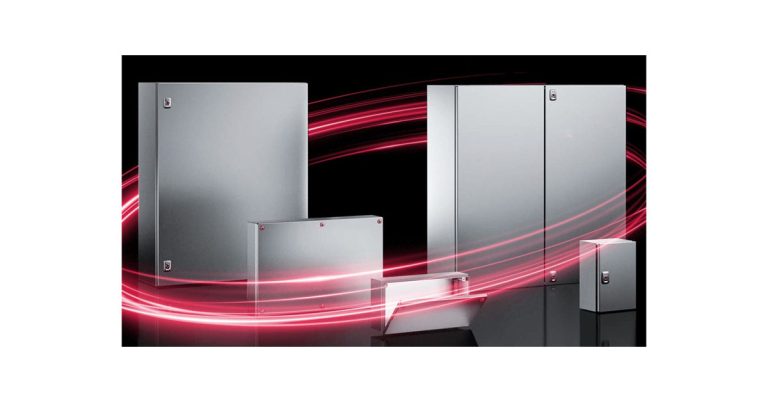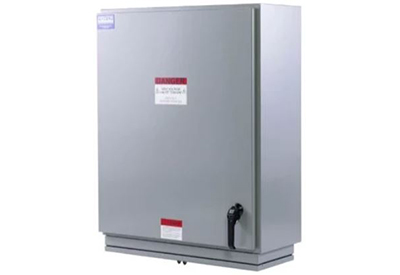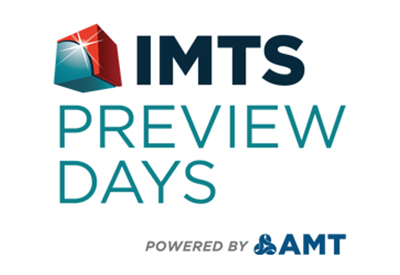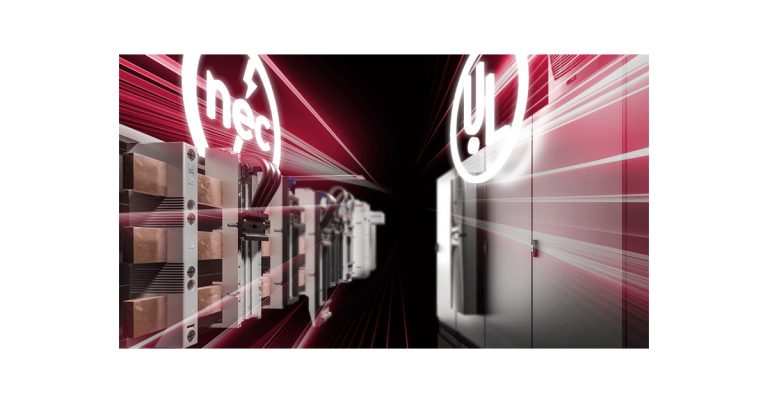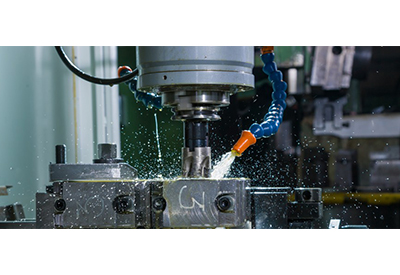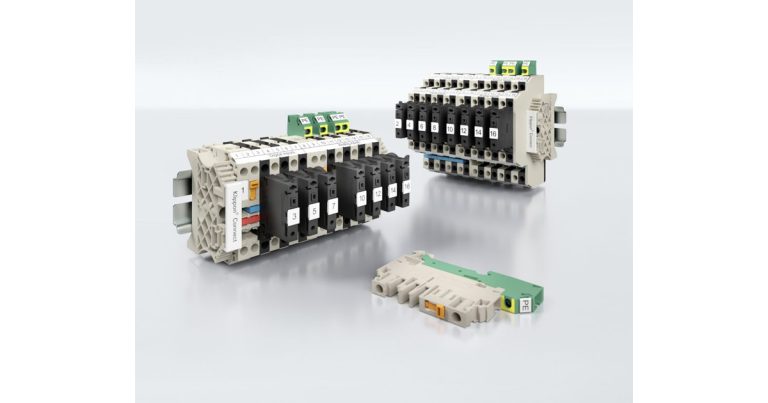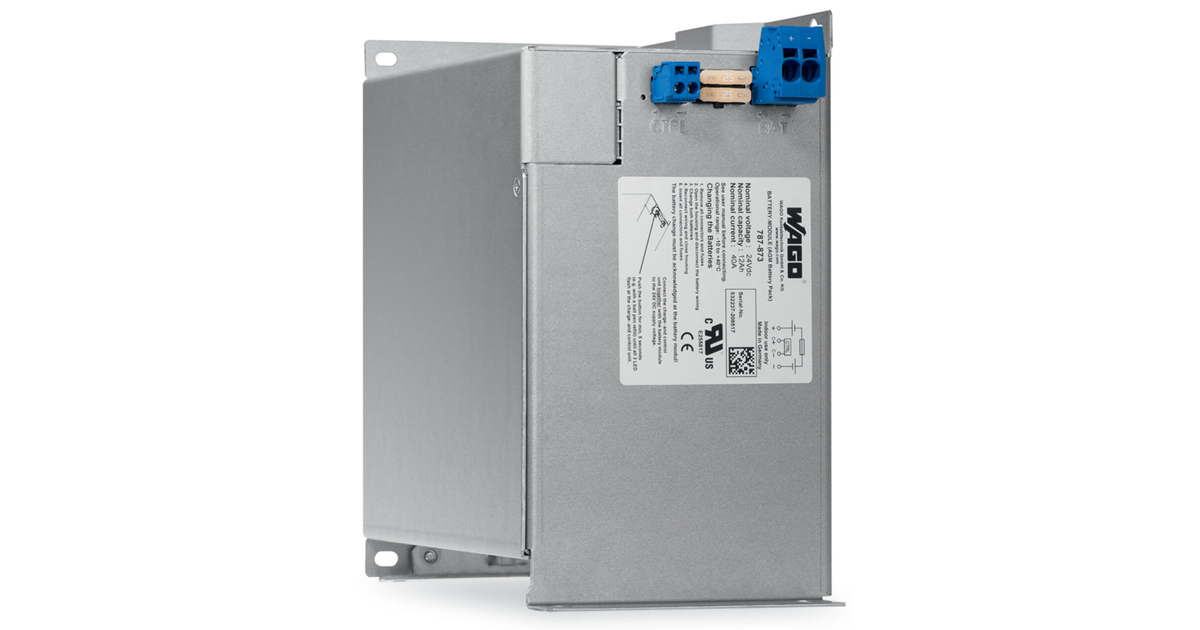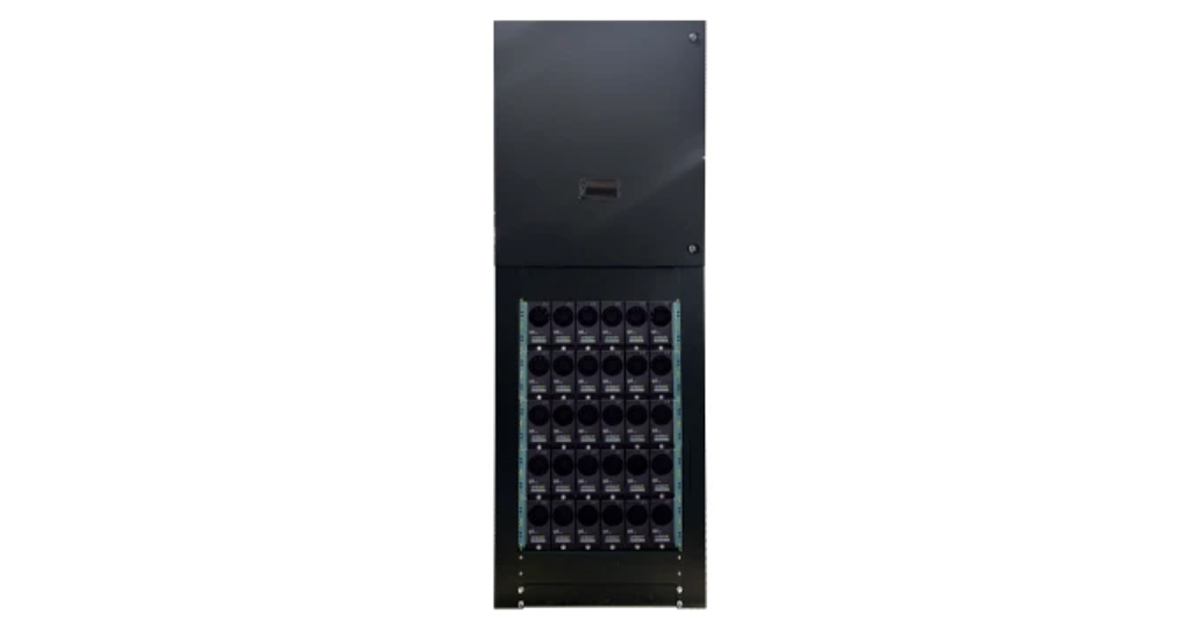The Digital Enterprise Suite for Machine Builders – Realize Your Digital Transformation Now
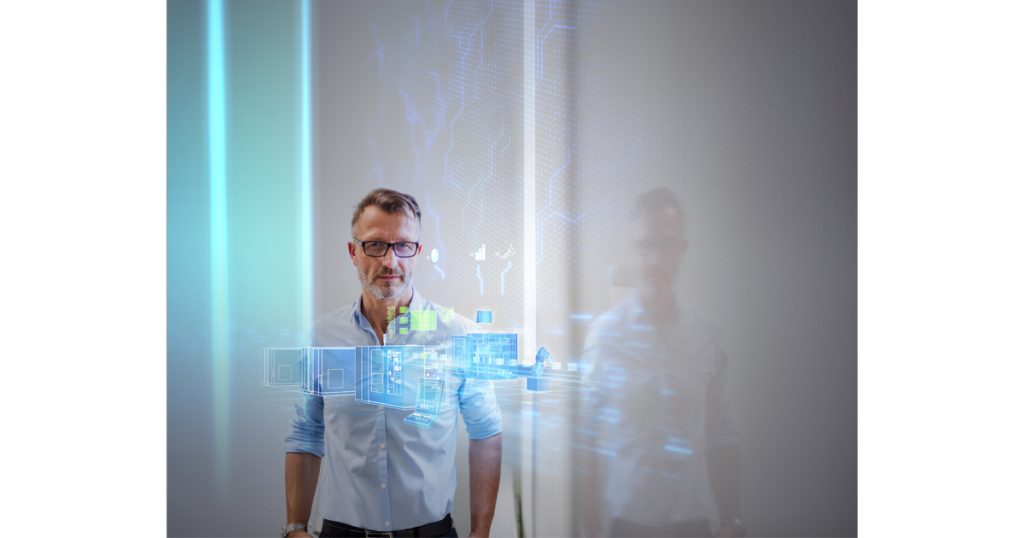
October 1, 2024
Embrace the benefits of the digital transformation
Digitalization is transforming all areas of life as well as existing business models. It is enabling the manufacturing industry to implement its product ideas by taking advantage of technology trends such as generative design and intelligent models. Production has become more innovative through additive manufacturing and advanced robotics, and new service models are being developed with the use of cloud solutions and knowledge automation.
Make the most of your journey toward digitalization and Industrie 4.0 today to ensure your competitive edge, with scalable solutions from Siemens. Now is the right time to begin: Become a digital enterprise and stay ahead of your competition.
Manufacturing companies are facing tremendous challenges
Reduce time to market
Manufacturing companies want to get their products to market faster – and at the same time master the increasing complexity of their products and production methods.
Boost flexibility
The increasing trend toward individualized products demands precise and flexible manufacturing methods.
Improve quality
Quality is essential if you want satisfied customers – and digitalization lets you begin manufacturing at top quality right away.
Boost efficiency
In today’s world, not only does the product have to be sustainable and environmentally friendly; energy-efficient production has become an increasingly important competitive advantage.
Develop new business models
Many products and production facilities generate data, and having the capacity to record and evaluate it means you can develop new, data-based business models.
Increase security
Multi-level security measures to counter cyber attacks are necessary to protect a company’s intellectual property, both now and into the future.
Digitalization allows Siemens to achieve new productivity potential.
Peter Deml, Head of Lead Factory Electric Motors, Bad Neustadt, Germany
“A much shorter retooling time on our CNC machines and far more flexible maintenance intervals for our large, heterogeneous machine fleet, which includes machines of different ages and from different manufacturers. Thanks to the gradual and comprehensive implementation of digitalization solutions and software from Siemens, the company has significantly increased productivity in it’s servo and asynchronous motor production facility in Bad Neustadt over the past two years.
“This was made possible by extensive networking of our entire machine fleet – including connection to MindSphere, the cloud-based IoT operating system from Siemens – along with a seamless digital linking of development and production. The transition benefits manufacturing on two levels. First, it ensures that data flows quickly and smoothly from development to machine operation and all production processes and back again. This also produces new dimensions in transparency, very quickly allowing us to identify and subsequently achieve entirely new productivity potential.
“We can make extensive use of this potential, thanks to our intelligent automation solutions. SINUMERIK Integrate modules like Analyze MyPerformance and Analyze MyCondition allowed us to optimize the retooling time for machine tools and flexibly orient the previously rigid maintenance intervals to our actual needs, allowing ≤20% less effort design and document mechanical components, ≤60% shorter commissioning time for new machines and 27% higher productivity in mechanical pre-fabrication.”
Digital twin guarantees success
Companies that build machines for the pharmaceutical industry must meet the highest demands for security, reliability, and quality. Bausch + Ströbel relies on consistent, end-to-end digitalization to deliver highly specialized systems and to meet the growing demand for standardized machines with high flexibility and short delivery times.
The German machine builder uses digital twins of its machines and has started basing development on a mechatronic concept. The individual development teams at Bausch + Ströbel have now been restructured as interdisciplinary units that work jointly and simultaneously on the same project.
All findings from the simulations and tests using the digital twins of machines are returned to the data pool, which is managed with Teamcenter. This enables virtual commissioning during which flaws can be reliably detected and corrected. Findings and data acquired during operation by the customer are fed back to Bausch + Ströbel so the company has a current, virtual copy of each machine on hand at all times. This is ideal for providing customer service and is a true competitive advantage. A further benefit is the engineering time saved with the TIA Portal: the company expects an increase in efficiency of at least 30 percent by 2020.
“We’ve done digitalization right when the customer comes to us wanting a piece of equipment, and we can configure the unit with the customer within two days at our offices,” Dr. Hagen Gehringer, Managing Director of Bausch + Ströbel.
The digital twin allows for 30% shorter engineering time, increased flexibility and consistent, end-to-end digitalization.
A holistic approach
Staying ahead of the competition is no longer just a matter of optimizing individual steps in the value chain. It calls for a holistic approach, and Siemens has developed the ideal portfolio to meet this requirement: The Digital Enterprise Suite consistently and digitally links all phases and process steps, all the way to the suppliers. In each phase, a digital twin is created that feeds back new findings from simulations and tests, which can then be used for continuous optimization. This allows enterprises to begin at any point in their value chain, from product design to service, and extend digitalization gradually in line with their current needs – including existing system solutions.
For product manufacturers and machine builders, this is Siemens’ holistic approach throughout the entire value chain, tailored to two target groups that face different challenges: firstly, product manufacturers, whom Siemens supports from product design, production planning, engineering, and the production itself through services.
And secondly, machine builders, who benefit from the Siemens portfolio during the machine design, engineering, commissioning and operation, as well as from Siemens’ offering of machine services. Teamcenter guarantees the planning of more efficient, flexible production processes based on a shared collaboration platform and an enterprise-wide data backbone.
MindSphere, the cloud-based, open IoT operating system
MindSphere makes it possible to analyze the performance of manufacturing plants and products and report back all findings to the entire value chain for continuous optimization. MindSphere collects data from the real world, adding a statistical data model to the analytical model of the digital twin. Comparison of both models can be used for continuous improvements.
The end-to-end digital twin in detail
The digital twin is the precise virtual model of a product or a production plant. It displays their development throughout the entire lifecycle and allows operators to predict behavior, optimizing performance, and implement insights from previous design and production experiences.
Siemens’ comprehensive concept of the digital twin consists of three forms: the digital twin of the product, the digital twin of production, and the digital twin of the performance of both product and production. Thanks to the it’s comprehensive domain expertise and optimized tools, Siemens is the only company that offers this holistic approach.
There is tremendous value gained from performing “what if” scenarios and predicting future performance with the digital twin. The ultimate goal of the digital twin is in the closed-loop connection between the virtual world of product development and production planning with the physical world of production system and product performance.
Through this connection actionable insight is gained from the physical world for informed decisions throughout the lifecycle of products and production operations.
Machine Concept
The Mechatronics Concept Designer integrated into the NX CAD software can be used to analyze the productivity of machine development as early as the concept stage. Requirements-driven product development generates the digital twin of the machine in an early stage. It’s the standard data model that’s used and further developed by everyone involved in the process along the entire value chain.
Physics-based simulation leads to a functional virtual model that provides a common basis for parallel interaction between mechanical, electrical, and automation disciplines. Drive systems can be dimensioned directly using SIZER integration. The impact of changes to one of the disciplines is easily and transparently displayed and tracked in the other disciplines, making it easy to view and check dependencies. More flexible machine concepts can also be evaluated digitally.
Machine Engineering
All important automation components are integrated into Totally Integrated Automation Portal (TIA Portal) so that controllers, peripherals, drives, HMIs, and safety and motion control functions can be programmed and energy can be managed in a single engineering framework. The comprehensive database and libraries containing frequently used functions make engineering processes even faster and easier.
Open interfaces make it simple to exchange data between TIA Portal and planning tools like the TIA Selection Tool and EPLAN. By providing CAx data, the virtual model can be generated at an early stage, while more efficient engineering can shorten machine development and time to market.
Machine Commissioning
Machine commissioning is the crucial moment when the following question arises: Do complex improvements need to be made, or is everything running as desired? Virtual machine commissioning is an efficient way to reduce risks and effort during real-life commissioning. Software can even simulate and optimize the interaction between individual components throughout entire production lines.
Machine builders can use NX Mechatronics Concept Designer to simulate and test the mechanical components of their machines in a virtual environment. PLC programs and visualizations are simulated and validated with PLCSIM Advanced and TIA Portal. The SIMIT simulation software maps the behavior of active components like drives and valves, depending on the level of requirements.
The CNC controllers of machine tools can be connected to the machine simulation to test the machine design under real-life conditions and, above all, run through the interaction between the CNC controller and the machine in detail.
Machine Operation
Totally Integrated Automation (TIA), the industrial automation technology from Siemens, helps operate machines. TIA is used to activate the full potential of production with a digitally enriched automation portfolio to continuously optimize and improve plants and machinery all over the world, both today and in the future.
Its open system architecture provides support and covers the entire production process, relying on universally shared properties: consistent data storage, global standards, and uniform interfaces for both hardware and software. These shared features minimize engineering work, which saves money, shortens time to market, and increases flexibility.
Continuously monitored and integrated security lays an important foundation for industrial automation. Digitalization and the growing networks of machines and industrial plants also increase the risk of cyber attacks. Siemens’ end-to-end industrial security portfolio – which follows the “Defense-in-depth” concept – helps systematically minimize the risk of an attack on plants and machinery through the consistent use of security mechanisms in automation.
Industrial security is therefore an important part of Totally Integrated Automation.
Machine Services and MindSphere
Right from the start of production, data is generated along with the products, and this valuable data is transferred securely and collected in the cloud to continuously analyze machines, product behavior, and production equipment. The evaluated data provides insights into the condition of the machines, products, and entire plants. As a result, maintenance of machines or plants can be aligned with actual requirements instead of fixed maintenance intervals.
MindSphere, the open, cloud-based IoT operating system from Siemens, serves as the development platform for apps and digital services.
Digital Industry Services
Machine builders can use a wide range of service packages across the whole value chain. Digital Industry Services in particular gives them new ways to increase productivity over the long term. Machine connectivity and installing the right software ensure data and process transparency. Industrial Security Services also helps protect plants and machinery from cyber attacks throughout their lifecycle. Manufacturers of machines like machine tools can tap new optimization potential, thanks to Digital Motion Control Services and improve their production with integrated IT processes. OEE Analytics can also systematically maximize output by identifying ineffective production areas and implementing successful maintenance measures.
Digital Enterprise Suite
Siemens’ unique integrated software and automation portfolio for transforming your operations into a digital enterprise
Become a digital enterprise today
The Digital Enterprise Suite offers an integrated portfolio of industrial software and automation that allows discrete industries to consistently integrate and digitalize the entire value chain, including suppliers.
The result is a digital enterprise ready for the challenges of Industrie 4.0 and the digital industrial revolution. Simulation, testing and optimization in a completely virtual environment reduces time to market and increases flexibility, quality, and efficiency. The capacity to feed back all insights into the entire value chain via MindSphere allows the continuous optimization of the production and the product in the real world.
Today it’s both possible and necessary to become a digital enterprise. Regardless of your industry or the size of your company: You can start your digital transformation right now.


